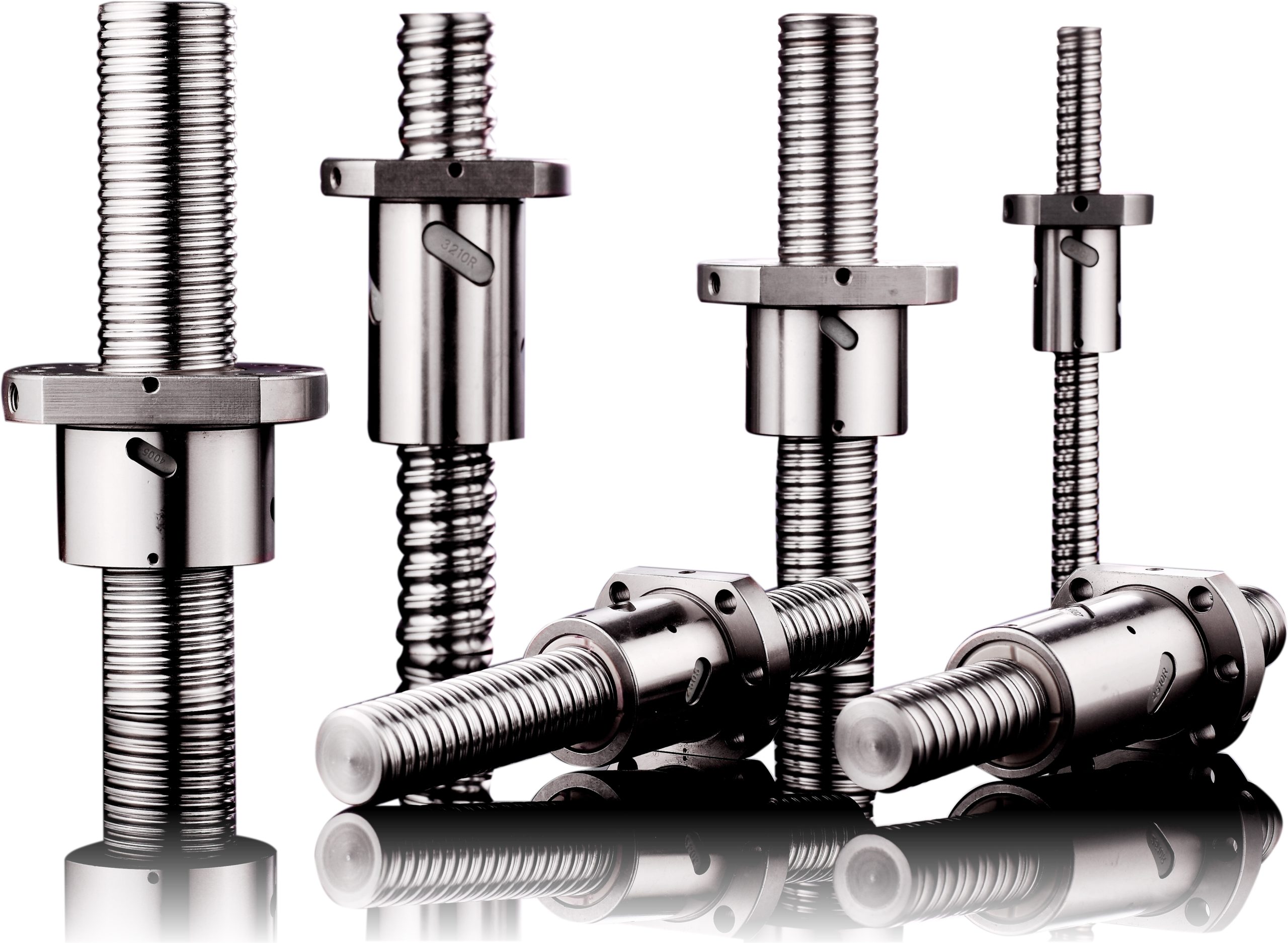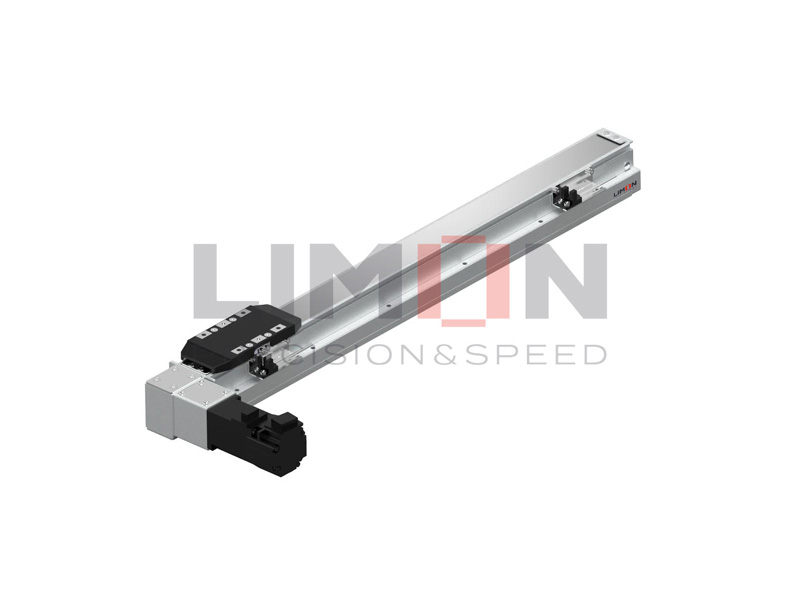Choosing the wrong ball screw can lead to premature failure, costly downtime, and wasted investment. Without proper evaluation, your motion system may suffer. Here’s a proven 6-step guide to help you make the right selection.
Ball screw selection involves evaluating speed, load, and life requirements to ensure optimal performance and reliability. By calculating torque and understanding buckling and critical speeds, engineers can select the ideal screw.
Explore each factor in detail to avoid missteps in your linear motion design.
Rotational Speed
The rotational speed of a ball screw is a primary parameter that directly impacts system efficiency and performance. Rotational speed is typically defined in revolutions per minute (RPM) and should be considered relative to the system’s dynamic requirements.
Higher rotational speeds allow for faster movement of the load, but they can also increase heat generation and wear. Designers must ensure that the screw’s material, lubrication, and construction can withstand the intended speed. Additionally, excessive speed may lead to axial vibration or resonance, especially in longer ball screws. This is why maximum safe speed, often recommended by the manufacturer, must not be exceeded.
Calculating rotational speed also involves understanding the application’s duty cycle. If your system operates at peak speed intermittently, it may tolerate higher maximum RPMs than continuous high-speed applications. Always consult the manufacturer’s specifications for speed ratings before finalizing the selection.
Critical Speed
Critical speed is the speed at which a ball screw begins to resonate or vibrate excessively. This occurs due to the natural frequency of the shaft matching the operating frequency. If critical speed is approached or exceeded, it can result in catastrophic failure due to shaft deflection, misalignment, or bearing overload.
The critical speed (Nc) depends on the unsupported length of the shaft, its diameter, end-fixity conditions, and material modulus. Engineers use formulas like:
Nc = (k × D × √E / L²)
Where:
-
k is a constant depending on end support type,
-
D is the shaft diameter,
-
E is the modulus of elasticity,
-
L is the unsupported length.
Reducing unsupported lengths or using intermediate supports can increase the critical speed. The general rule is to operate at no more than 80% of the critical speed for safety. This is especially important for horizontal mounting systems or long travel applications.
Buckling Load
Buckling is a compressive failure that occurs when the shaft deflects due to axial load, particularly in long or unsupported screws. The buckling load (Pb) must be higher than the maximum compressive load expected in the application.
This is often calculated using Euler’s formula for long slender columns:
Pb = (π² × E × I) / (K × L)²
Where:
-
I is the moment of inertia,
-
K is a constant based on end conditions,
-
L is the effective length.
To prevent buckling, ensure that the ball screw shaft is supported properly and that the applied load remains within safe limits. For vertical applications or unsupported spans, buckling calculations become especially critical. When selecting a ball screw, always check the axial load rating against the calculated buckling limit.
Ball Screw Buckling Load Factors Comparison
| Parameter | Effect on Buckling Load |
|---|---|
| Shaft Diameter | Increases buckling resistance |
| Unsupported Length | Decreases buckling resistance |
| Support Conditions | Fixed ends increase capacity |
| Material Elasticity | Higher E improves strength |
Average Speed And Average Load
To estimate the lifespan and thermal behavior of the ball screw, average speed and average load over a duty cycle must be understood. Rather than using peak values, engineers should calculate root mean square (RMS) values for both load and speed to assess performance more accurately.
The average speed impacts the heat generation due to friction, while the average load determines fatigue life. For example, intermittent use at high load may not be as critical as continuous low-load operation.
Use this approach:
Average Load (Fa) = √[(F₁² × t₁ + F₂² × t₂ + … + Fn² × tn) / T]
Average Speed (Va) = [(V₁ × t₁ + V₂ × t₂ + … + Vn × tn) / T]
Where:
-
F is the load,
-
V is the speed,
-
t is time at each phase,
-
T is the total cycle time.
This calculation is essential for dynamic applications like CNC machines or pick-and-place robots.
Service Life
The service life of a ball screw is typically expressed in terms of the number of revolutions or travel distance before fatigue failure. Manufacturers often provide life ratings such as L10 or B10, which indicate the lifespan at which 90% of screws can operate without failure under defined conditions.
Service life depends on several factors:
-
Dynamic load capacity (Ca)
-
Applied axial load (Fa)
-
Operating environment (temperature, contamination, lubrication)
The basic life (L10) can be calculated using:
L10 = (Ca / Fa)³ × 10⁶ revolutions
If the screw is preloaded, or if shock loads are present, a correction factor must be applied. Proper lubrication and clean environments significantly extend the operational life.
Ball Screw Life Estimation Table
| Load Condition | Estimated L10 Life (revs) |
|---|---|
| Normal Load (Ca = Fa) | 1,000,000 |
| Moderate Overload (Ca = 1.5Fa) | 300,000 |
| Heavy Shock Load | <100,000 |
Maintenance planning and warranty expectations rely heavily on this calculation.
Torque Calculation
Torque is the force that causes the screw to rotate and drive the nut (or vice versa). To move a given load, engineers must determine both the starting torque and the running torque. This ensures the motor is appropriately sized and avoids stalling or overheating.
The basic torque (T) required to move an axial load (Fa) can be calculated by:
T = (Fa × lead) / (2π × η)
Where:
-
Fa is the axial load (N),
-
Lead is the screw pitch (mm),
-
η is the efficiency (typically 0.85 to 0.95 for ball screws).
Don’t forget to include the additional torque required to overcome preload, friction, and inertia. In high-speed systems, dynamic torque may also need to account for acceleration and deceleration.
Choosing a motor with insufficient torque is a common design flaw. Be sure to align motor specifications with calculated values for smooth, reliable operation.
Conclusion
Mastering ball screw selection involves balancing speed, load, and lifespan. Follow these six critical steps to ensure your system performs at its best.For further questions please contact [email protected]





